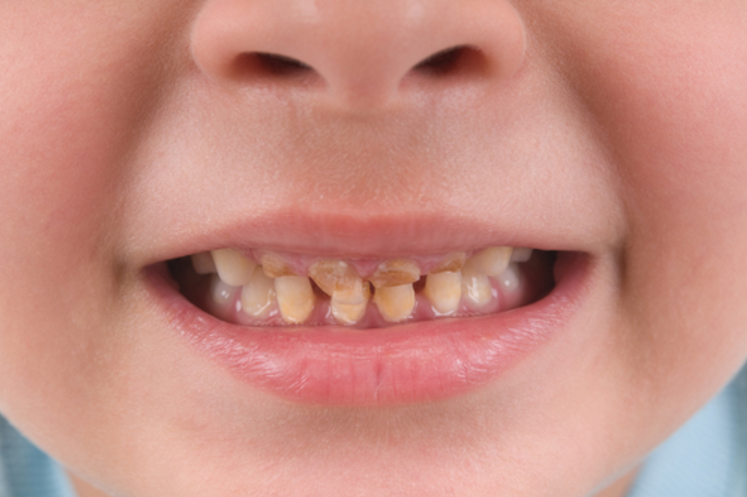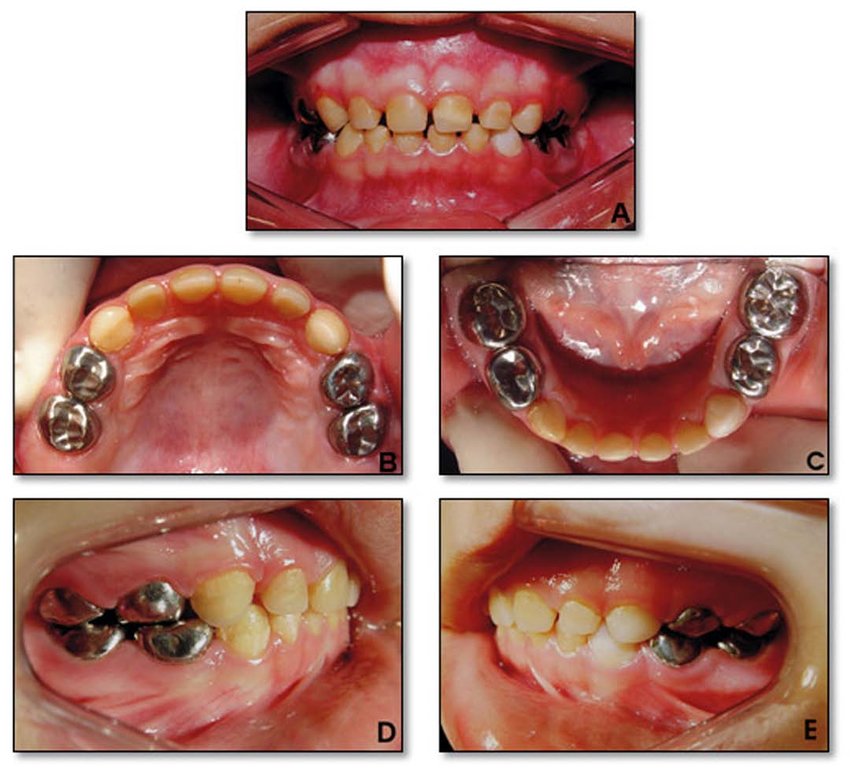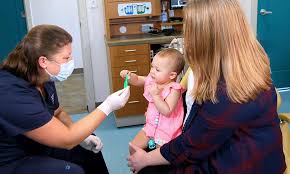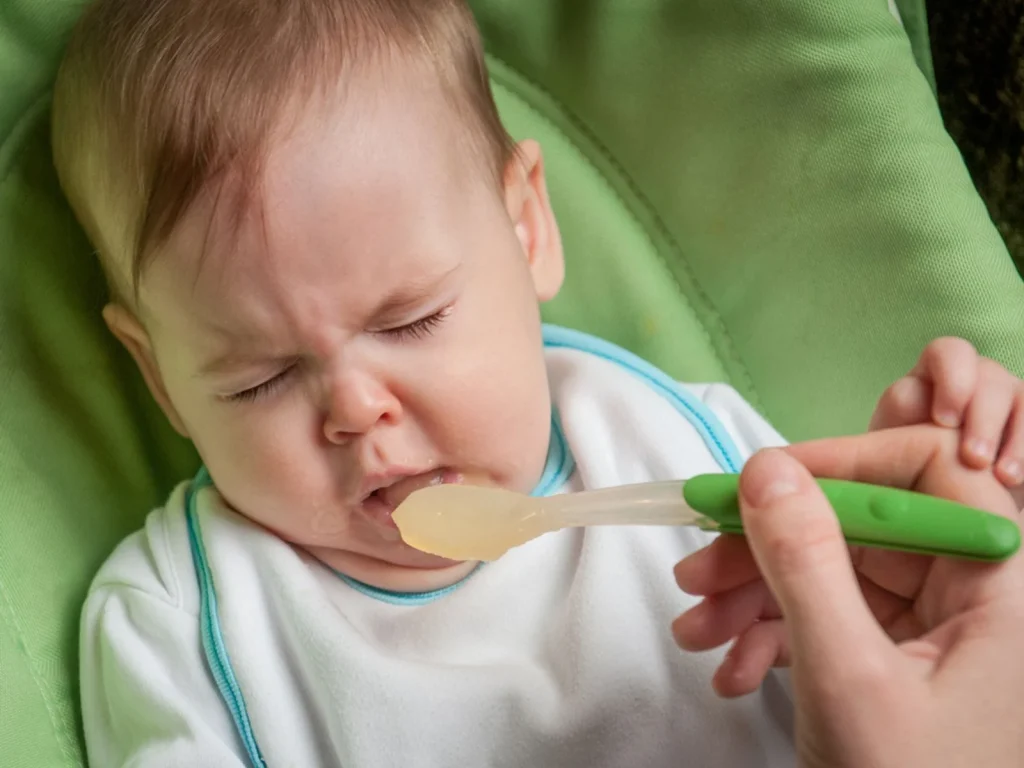bottle toddler tooth decay reversal

Understanding Bottle Toddler Tooth Decay
What is Bottle Toddler Tooth Decay?
Bottle toddler tooth decay occurs when a child’s teeth are exposed to sugary liquids for extended periods, leading to the demineralization of tooth enamel and the development of cavities. This condition often starts with white spots on the teeth, which can progress to brown or black cavities if left untreated. The primary culprits are sugary drinks and the practice of putting children to bed with a bottle.
Causes of Bottle Toddler Tooth Decay
Several factors contribute to the development of bottle toddler tooth decay:
- Prolonged Bottle Feeding: Allowing a child to sleep with a bottle containing milk, formula, or juice increases the risk of decay.
- Frequent Sugary Liquids: Regular consumption of sugary drinks, including fruit juices and sweetened milk, without proper dental hygiene can accelerate decay.
- Poor Oral Hygiene: Inadequate brushing and flossing, especially before bedtime, allow plaque and bacteria to thrive on the teeth.
- Early Introduction of Sugary Foods: Introducing sugary foods and snacks early in a child’s diet can also contribute to tooth decay.
Recognizing the Signs of Bottle Toddler Tooth Decay
Early detection of bottle toddler tooth decay is crucial for effective treatment. Parents should watch for the following signs:
- White Spots on Teeth: These spots are often the first visible sign of enamel demineralization.
- Brown or Black Stains: As decay progresses, the spots may darken and develop into cavities.
- Sensitivity or Pain: Your toddler may show signs of discomfort, such as fussiness or difficulty eating.
- Swollen or Bleeding Gums: Inflamed gums can be an indicator of advanced decay or gum disease.
Steps to Reverse Bottle Toddler Tooth Decay
Reversing bottle toddler tooth decay is possible with timely intervention and proper care. Here’s a detailed look at how to address this condition effectively:
1. Improve Oral Hygiene Practices
Maintaining excellent oral hygiene is fundamental in reversing and preventing further decay:
- Start Early: Begin cleaning your baby’s gums even before teeth appear. Use a soft, damp cloth to wipe the gums.
- Introduce Tooth Brushing: Once teeth emerge, brush them twice a day with a fluoride toothpaste designed for toddlers. Use a soft-bristled toothbrush and a pea-sized amount of toothpaste.
- Floss Regularly: Begin flossing between your toddler’s teeth as soon as they touch. Use a gentle, child-friendly floss to remove plaque and food particles.
2. Limit Sugary Foods and Drinks
Reducing the intake of sugary substances is crucial for reversing bottle toddler tooth decay:
- Water Instead of Sugary Drinks: Encourage water as the primary drink. Limit fruit juices and avoid sweetened beverages.
- Healthy Snacks: Offer snacks like fruits, vegetables, and cheese, which are less likely to promote decay.
- Avoid Sugary Foods Before Bed: Ensure your toddler doesn’t consume sugary foods or drinks, especially before bedtime.
3. Establish a Consistent Routine
Consistency in oral care routines helps in reversing bottle toddler tooth decay and maintaining oral health:
- Regular Brushing and Flossing: Brush your toddler’s teeth twice a day and floss daily. Make it a fun and engaging activity.
- Routine Dental Visits: Schedule regular check-ups with a pediatric dentist. These visits allow early detection and intervention.
4. Use Fluoride Treatments
Fluoride is essential for strengthening tooth enamel and reversing early signs of decay:
- Fluoride Toothpaste: Use fluoride toothpaste appropriate for your child’s age. Ensure they use a small amount and supervise their brushing.
- Fluoride Varnish: Discuss fluoride varnish treatments with your dentist. These treatments can help remineralize enamel and prevent further decay.
5. Consider Dental Sealants
Dental sealants are a preventive measure that can help protect your child’s teeth from decay:
- Sealant Application: Dental sealants are thin, protective coatings applied to the chewing surfaces of back teeth. They prevent bacteria and food particles from causing decay.
Diet and Lifestyle Changes to Support Tooth Decay Reversal
Adopting a healthy diet and lifestyle can significantly impact the reversal of bottle toddler tooth decay:
1. Focus on Nutrient-Rich Foods
Providing a balanced diet rich in essential nutrients supports dental health:
- Calcium and Vitamin D: Ensure your toddler gets enough calcium and vitamin D, which are vital for strong teeth and bones. Dairy products, fortified foods, and sunlight exposure are good sources.
- Limit Processed Foods: Reduce the intake of processed and sugary foods, which can contribute to decay.
2. Encourage Healthy Drinking Habits
What your toddler drinks plays a significant role in their dental health:
- Choose Water: Make water the go-to drink throughout the day. Avoid sugary drinks and limit juice intake.
- Use a Cup Instead of a Bottle: Transition from bottles to sippy cups and then to regular cups as your child grows. This reduces the risk of prolonged sugar exposure to the teeth.
Professional Interventions for Advanced Cases
In some instances, professional intervention may be necessary to effectively address bottle toddler tooth decay:
1. Dental Cleanings
Regular dental cleanings by a pediatric dentist are essential for maintaining oral health:
- Professional Cleaning: Dentists can remove tartar and plaque buildup, making it easier to prevent further decay.
2. Fluoride Treatments
Fluoride treatments provided by a dentist can enhance enamel strength and aid in reversing early decay:
- Topical Fluoride: The dentist may apply fluoride gel or varnish to your child’s teeth to help remineralize enamel.
3. Restorative Treatments
For more advanced decay, restorative treatments may be necessary:
- Fillings: If cavities are present, the dentist may recommend fillings to restore the tooth’s structure and function.
- Crowns: In severe cases, dental crowns may be needed to protect damaged teeth.
Home Remedies and Natural Treatments
In addition to professional care, several home remedies and natural treatments can support the reversal of bottle toddler tooth decay:
1. Baking Soda Paste
Baking soda’s mild abrasive properties can help remove plaque and neutralize acids:
- Mix with Water: Create a paste by mixing baking soda with a small amount of water.
- Apply Gently: Use a soft toothbrush to apply the paste to your toddler’s teeth, then rinse thoroughly.
2. Aloe Vera Gel
Aloe vera has soothing and antibacterial properties that can aid in healing and preventing decay:
- Apply Gel: Use a small amount of aloe vera gel on your toddler’s gums and teeth. Ensure the gel is safe for children and free of additives.
3. Coconut Oil Pulling
Coconut oil pulling is an ancient practice believed to reduce bacteria and improve oral health:
- Swish with Oil: Have your toddler swish a small amount of coconut oil in their mouth for 5-10 minutes. Spit it out and rinse thoroughly.
Prevention Tips to Avoid Future Decay
Preventing bottle toddler tooth decay is essential for long-term oral health. Here are some practical tips:
1. Start Oral Care Early
Begin oral hygiene practices as soon as your baby’s first tooth emerges:
- Wipe Gums: Use a clean, damp cloth to wipe your baby’s gums after feedings.
- Introduce Brushing: Start brushing with a soft toothbrush and a tiny amount of fluoride toothpaste when the first tooth appears.
2. Establish Healthy Habits
Create habits that support good oral health from an early age:
- Regular Brushing: Brush your toddler’s teeth twice a day, ensuring they use fluoride toothpaste.
- Limit Sugary Drinks: Avoid putting your child to bed with a bottle of milk, formula, or juice.
3. Schedule Routine Dental Check-Ups
Regular visits to the dentist are crucial for monitoring and maintaining your toddler’s oral health:
- Early Dental Visits: Schedule the first dental visit by the age of one or within six months of the first tooth eruption.
- Follow-Up Appointments: Keep up with regular check-ups and cleanings as recommended by your dentist.
Conclusion
Addressing bottle toddler tooth decay and understanding how to reverse it is essential for ensuring your child’s long-term oral health. By implementing effective home care practices, maintaining a healthy diet, and seeking professional dental advice when necessary, you can significantly reduce the risk of decay and promote strong, healthy teeth for your toddler. Remember, early intervention and consistent care are key to achieving bottle toddler tooth decay reversal and maintaining your child’s radiant smile. Whether through preventive measures, natural remedies, or professional treatments, you have the tools to combat this common issue and support your toddler’s dental well-being.
Can you reverse baby bottle tooth decay?
Baby bottle tooth decay, also known as early childhood caries (ECC), is a serious dental condition caused by frequent exposure to sugary liquids, such as milk, formula, juice, or sweetened water, particularly when a child sleeps with a bottle. While advanced decay cannot be reversed, early stages of decay can be managed and progression can be halted:
- Early Detection:
- White Spots: Early decay often presents as white spots on the teeth. At this stage, the decay is still reversible with proper intervention.
- Fluoride Treatment:
- Professional Application: Dentists can apply fluoride varnish to the affected teeth to help remineralize the enamel and stop the progression of decay.
- Fluoride Toothpaste: Use a fluoride toothpaste for brushing your child’s teeth. For children under three years old, use a smear of toothpaste; for children three to six, use a pea-sized amount.
- Improved Oral Hygiene:
- Brushing: Brush your child’s teeth twice a day, starting with the appearance of the first tooth.
- Cleaning Gums: Even before teeth appear, clean your baby’s gums with a damp cloth after feedings.
- Dietary Changes:
- Limit Sugary Drinks: Avoid giving sugary drinks in bottles or sippy cups, especially at bedtime.
- Healthy Diet: Encourage a balanced diet with minimal sugary snacks and drinks.
- Regular Dental Visits:
- Early Dental Check-Ups: Schedule a dental visit by your child’s first birthday or within six months of the first tooth appearing. Regular check-ups can help monitor and manage early decay.
Can you reverse early tooth decay in a toddler?
Early tooth decay, characterized by white spots or demineralization on the enamel, can be reversed with proper care:
- Fluoride Treatments:
- Professional Treatments: Dentists can apply fluoride varnish or gel to strengthen the enamel and promote remineralization.
- Fluoride Toothpaste: Use fluoride toothpaste for daily brushing.
- Oral Hygiene:
- Brushing and Flossing: Brush your toddler’s teeth twice a day and floss daily to remove plaque and food particles.
- Proper Technique: Use a soft-bristled toothbrush and ensure thorough cleaning of all tooth surfaces.
- Dietary Adjustments:
- Limit Sugary Foods and Drinks: Reduce the intake of sugary and acidic foods and drinks that can contribute to decay.
- Healthy Snacks: Offer snacks that are low in sugar and high in nutrients, such as fruits, vegetables, and cheese.
- Regular Dental Visits:
- Check-Ups: Regular dental visits for professional cleanings and monitoring of early decay.
How do you fix a toddler’s tooth decay?
Fixing a toddler’s tooth decay involves several steps, depending on the severity of the decay:
- Professional Evaluation:
- Dental Exam: A pediatric dentist will examine the extent of the decay and recommend appropriate treatment.
- Fluoride Treatments:
- Early Decay: Fluoride treatments can help remineralize enamel and stop the progression of early decay.
- Fillings:
- Moderate Decay: For cavities, the dentist will remove the decayed portion of the tooth and fill it with a tooth-colored composite material.
- Crowns:
- Extensive Decay: For severe decay, especially in molars, a stainless steel crown may be placed to protect and restore the tooth.
- Pulpotomy or Pulpectomy:
- Advanced Decay: If the decay has reached the pulp (the innermost part of the tooth), a pulpotomy (removal of the diseased pulp) or pulpectomy (removal of the entire pulp) may be necessary, followed by a crown.
- Behavior Management:
- Child Comfort: Pediatric dentists use techniques to ensure the child is comfortable, such as tell-show-do, distraction, and sedation if necessary.
Do bottles damage toddlers’ teeth?
Bottles themselves do not damage toddlers’ teeth, but certain practices associated with bottle feeding can contribute to dental problems:
- Prolonged Bottle Use:
- Extended Use: Allowing a toddler to use a bottle for prolonged periods, especially beyond the age of one, can contribute to tooth decay and alignment issues.
- Nighttime Bottle Feeding:
- Sugary Liquids: Putting a toddler to bed with a bottle containing sugary liquids, including milk and juice, can lead to baby bottle tooth decay. Sugars from these liquids can pool around the teeth and feed bacteria that produce acids, leading to decay.
- Improper Cleaning:
- Lack of Oral Hygiene: Failing to clean the child’s teeth after bottle feedings can leave sugars on the teeth, increasing the risk of decay.
To prevent damage to your toddler’s teeth:
- Transition to a Cup: Encourage the transition from a bottle to a sippy cup or regular cup by around one year of age.
- Avoid Sugary Liquids: Do not put sugary drinks in bottles. If you must use a bottle, fill it with water only.
- Oral Hygiene: Clean your child’s teeth after bottle feedings, especially before bedtime.
- Regular Dental Visits: Ensure regular dental check-ups to monitor your child’s oral health.
By following these practices, you can help prevent tooth decay and maintain your toddler’s dental health.









